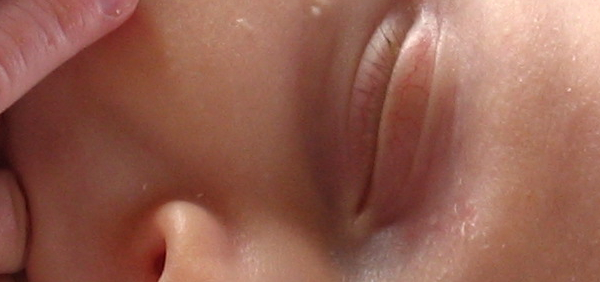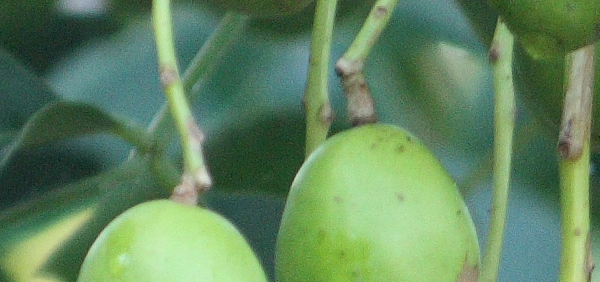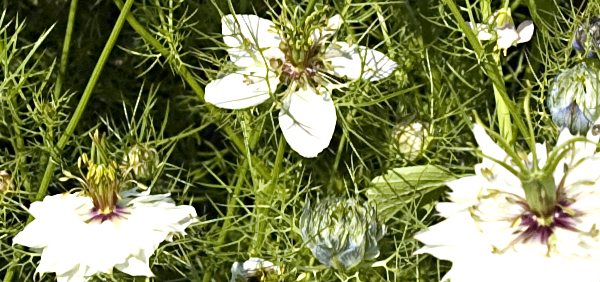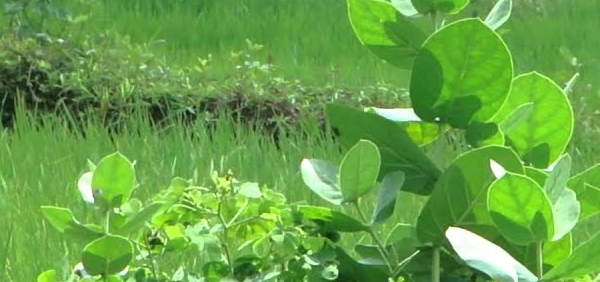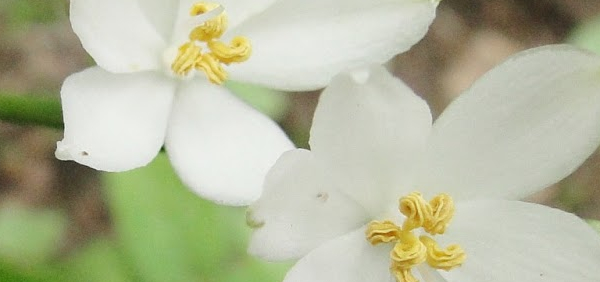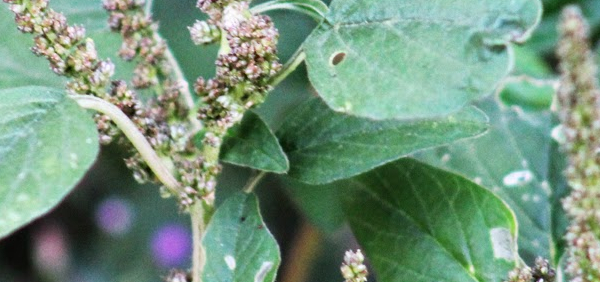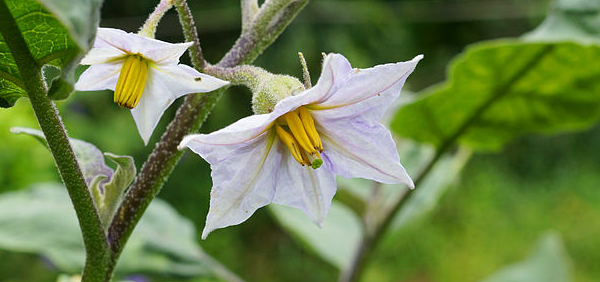parpata :

CONCLUSION:
Fumaria species are also commonly called “fumitory”, “earth smoke”, “beggary”, “fumus”, “fumittery” or “wax dolls” in English. These are annual weeds, growing wildly in plains and lower hills of India, Pakistan, Afghanistan, Turkey, Iran, Central Asia, North Dakota and Colorado. Fumaria indica (Haussk) Pugsley (synonyms: F. parviflora, F. vaillantii), is widely used in Ayurvedic system as well as unani system of medicine. In Ayurvedic system it is used for Daha – Burning
sensation, Kaphaja Jwara – fever of Kapha origin, Pittaja Jwara – fever of Pitta origin, Pipasa –
excessive thirst, Arochaka – anorexia, lack of interest in food, Chardi – vomiting, Raktapitta – bleeding
disorders like nasal bleeding, Ulcerative colitis and menorrhagia, Mada – intoxication, Bhramai –
dizziness, psychosis, Glani – tiredness, weakness of sense organs. Its red flowers are used in Atisara –
dysentery, diarrhea.
- » Classification and names of parpata
- » Synonyms and definitions of parpata
- » Drug Properties of parpata
- » Chemical Constituents of parpata
- » Standardization of parpata
- » Parts used and Dosage of parpata
- » Morphology and Histology of parpata
- » Distribution and Conservation of parpata
- » Cultivation of parpata
- » parpata in the market
- » Medicinal Uses of parpata
- » Researches and clinical trails of parpata
- » parpata in other sytems of medicine
- » Ayurvedic formulations with parpata
- » Images of parpata



